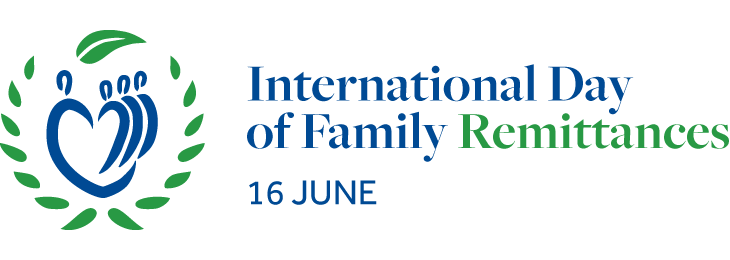15 Jun Recovery and Resilience through Digital and Financial Inclusion
Recovery and Resilience through Digital and Financial Inclusion
The International Day of Family Remittances is celebrated every year on the 16th of June. It is an occasion for IAMTN, its members, and the entire cross-border remittance industry to honour the major positive impact stemming from the billions in remittances sent every year by migrant workers to their families.
Since the global sanitary crisis hit in early 2020, remittance flows have been hit strongly. Both the sending side and the receiving side of the remittances were weakened by the economic challenges, making it difficult for migrants to keep sending flows in a time where these money transfers were even more necessary for the receiving families.
Remittance service providers, IAMTN and governments have reacted to support people in need and to facilitate the flow of remittances. In fact, access to financial services is critical for resilience during such a global crisis. Remittance service providers, as underlined by UPT, see their staff and clients as “one big family”, and therefore deeply care about their well-being. When possible, transaction costs were reduced or even removed. Parallelly, agent networks were improved, and new incentives were given to customers. In other words, the entire remittance industry has mobilized to help people in need to survive throughout the COVID-19 crisis, and eventually to recover from its effects.
The ability to use digital instruments has been key during the pandemic, as the limitations on the movement of individuals and money due to lockdowns made remittances easier to send and receive by digital means rather than physical ones. Many remittance businesses scaled digital and mobile channels. Digitalization is probably a trend that will last, as digital remittances are often cheaper, more secure and more transparent, and customers will trust these solutions increasingly. Companies such as Mukuru have helped by organizing digital literacy campaigns, contributing to making individuals of all age groups more comfortable with digital remittances. Customers are becoming more accustomed to this relatively new way of sending and receiving money.
As Moneytrans underlined, the trend that pushed to digitalization has also contributed to making many customers abandon the informal market, to then choose formal services for sending remittances. This change benefits both remittance service and remittance senders, as formal solutions are more efficient, safer and cheaper. By making remittances easier to circulate from the sender to the receiver, digitalization is ameliorating the remittance process.




